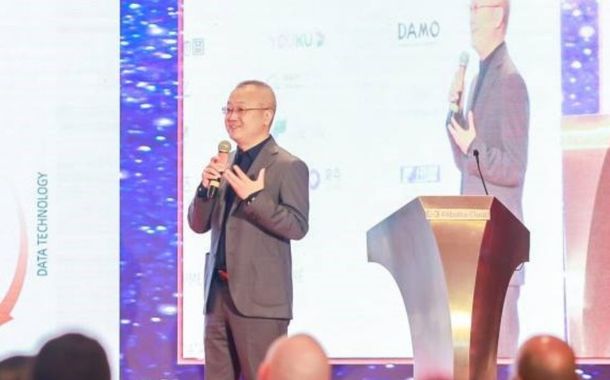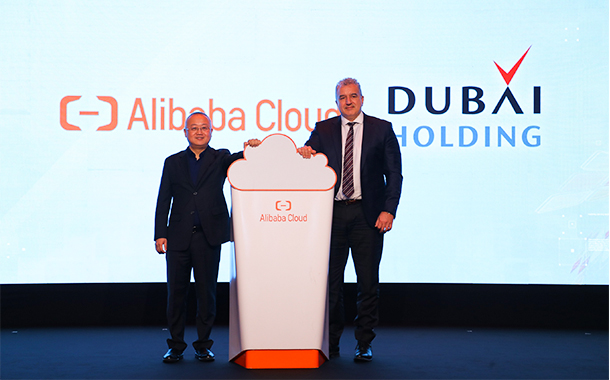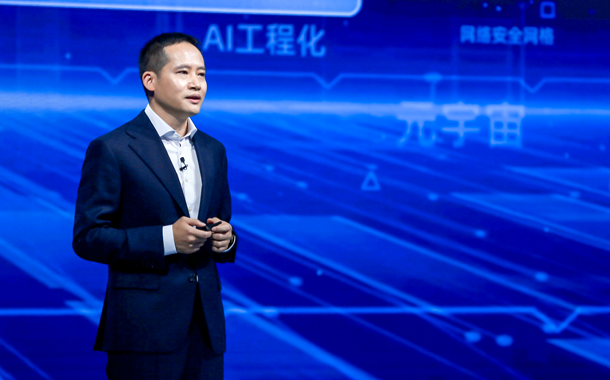As hybrid or remote working is being adopted by many companies globally and becoming the ‘new norm’ for millions of workers, cyberattacks meanwhile continue unabated. Building a secure and reliable IT environment has therefore become an increasingly important priority for many businesses who are exploring the opportunities in the global digital economy. While moving to the cloud and using cloud-based security features is a good way to challenge cyber risks, it’s important to delve deeper into how best to construct a secure and reliable cloud environment that can fend-off even the most determined attacker.
In today’s digital environment, discussions about cyber security’s best practices have never been more important. The UAE in particular established the Cybersecurity Council to develop a cybersecurity strategy and build a secure cyber infrastructure by creating related regulations. Following this move, the nation ranked 5th place on the International Telecommunications Union’s Global Cybersecurity Index 2020, jumping 33 places and it continues to prioritize cyber security and awareness.
Creating a secure cloud environment – from building the architecture, to adopting cutting-edge security technologies and putting in place important security management practices – will inspire more thorough conversations on this subject.
Design the Next-generation Enterprise Security Architecture
A resilient and robust security architecture is essential for creating a cloud environment capable of assuring an organisation about the availability, confidentiality and integrity of its systems and data.
From the bottom up, the architecture should include security modules of different layers, so that companies can build trustworthy data security solutions on the cloud layer by layer – from the infrastructure security, data security, application security to business security layers.
In addition to the security modules of all of the layers, there are a variety of automated data protection tools that enable companies to perform data encryption, visualisation, leakage prevention, operation log management and access control in a secure computing environment. Enterprises can also leverage cloud-based IT governance solutions for custom designs of cloud security systems to meet compliance requirements from network security, data security to operation auditing and configuration auditing. This ensures the full-lifecycle data security on cloud, with controllable and compliant data security solutions in place.
Another consideration is to build a multi-tenant environment, abiding by the principle of least privilege and adopting consistent management and control standards to protect user data from unauthorised access. In addition, establishing strict rules for data ownership and operations on data, such as data access, retention and deletion, is also pivotal in creating a safe environment.
Moreover, enterprises can embrace the zero-trust security architecture and build a zero-trust practice by design to protect the most sensitive systems. The architecture requires everything (including users, devices and nodes) requesting access to internal systems to be authenticated and authorised using identity access protocols. As such, the zero-trust security architecture cuts down on automatic trust, or trust without continuous verification, addressing modern challenges in securing remote working environments, hybrid cloud settings and increasingly aggressive cyber threats.
Adopt Cutting-edge Security Technologies
Cutting-edge security technologies such as comprehensive data encryption, confidential computing and many more emerging tech solutions, can be leveraged to ensure we stay on top of the trends in cybersecurity.
Comprehensive data encryption provides advanced data encryption capabilities on transmission links (i.e. data-in-motion), compute nodes (i.e. data-in-use), and storage nodes (i.e. data-at-rest). Key Management Service and Data Encryption Service help users securely manage their keys and use a variety of encryption algorithms to perform encryption operations.
Another emerging technology to safeguard the cloud environment is confidential computing. Confidential computing is dedicated to secure data in use while it is being processed, protecting users’ most sensitive workloads. Confidential computing based on trusted execution environments (TEEs), ensures data security, integrity and confidentiality while simplifying the development and delivery of trusted or confidential applications at lower costs. At Alibaba Cloud, we apply confidential computing to the hardware layer, virtualisation layer, container layer, and application layer, so that data can be protected in the most comprehensive way.
Security Management Practices in Place
It is equally important to adopt proper security management practices and mechanism to maximise the security protection of one’s critical system and important data.
One essential mechanism to protect the cloud environment is to develop a comprehensive disaster recovery system, which enables businesses to configure emergency plans for data centres based on factors such as power, temperature and disasters, and establish redundant systems for basic services such as cloud computing, network and storage. It helps companies to deploy their business across regions and zones and build disaster recovery systems that support multiple recovery models.
Setting the effective reviewing and response mechanism for your cloud security issues is imperative. First, having vulnerability scanning and testing in place is important to assess the security status of systems; second, it is vital to use cloud-native monitoring tools to detect any anomalous behavior or insider threats; furthermore, establishing proper procedures and responsibility models to quickly and accurately assess where vulnerabilities exist and their severity, will help ensure that quick remedy actions can be taken when security problems emerge.
In the future, developing the security architecture, technologies, management and response mechanism will no longer be perceived as a cost-centre burden for companies, but rather, critical capabilities to safeguard the performance and security of daily business operations. Crafting a comprehensive cloud security plan, adopting the best industrial practices, and choosing a professional cloud service provider with strong security credentials to work with, should be an imperative subject in a CXO’s agenda.
By Daniel Jiang, General Manager of the Middle East and Africa, Alibaba Cloud Intelligence



















